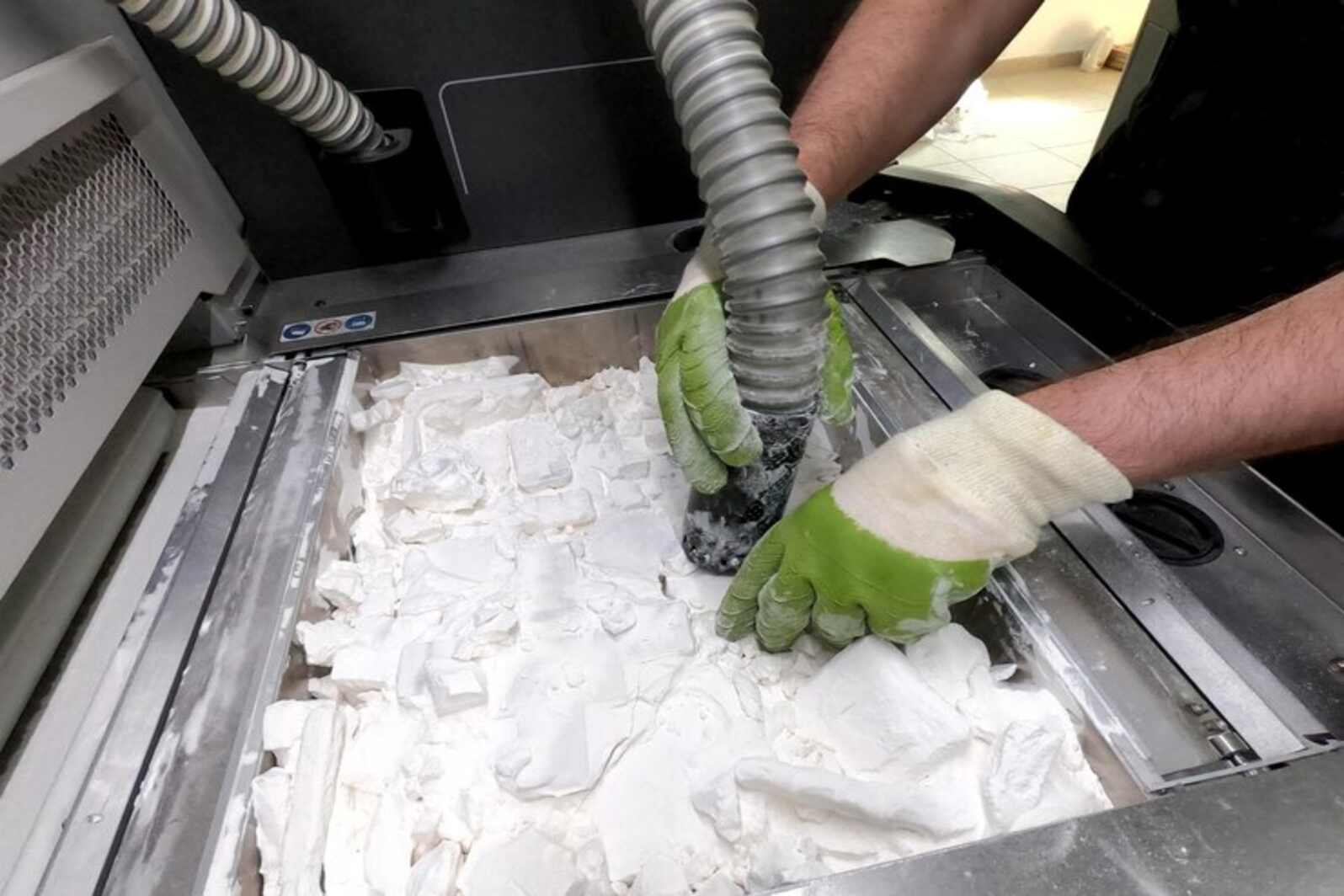Vacuum forming is a versatile manufacturing process widely used across industries for the production of high-quality plastic components and products. From automotive parts and electronic enclosures to packaging and signage, vacuum forming offers numerous advantages, including cost-effectiveness, scalability, and design flexibility. In this comprehensive guide, we’ll explore the principles of vacuum forming, the benefits it offers, and provide practical insights into utilizing expert vacuum forming services for your manufacturing needs.
Understanding Vacuum Forming: Process and Principles
Vacuum forming services is a thermoforming process that involves heating a thermoplastic sheet until it becomes pliable, then stretching it over a mold or pattern and using vacuum pressure to form it into the desired shape. The process typically consists of the following steps:
- Material Selection: The first step in vacuum forming is selecting the appropriate thermoplastic material for the desired application. Common materials used in vacuum forming include ABS, polystyrene, acrylic, and PVC, each offering specific properties such as impact resistance, clarity, or chemical resistance.
- Heating the Plastic Sheet: The selected thermoplastic sheet is heated until it reaches its forming temperature, typically between 300°F and 400°F, depending on the material. Heating softens the plastic, making it pliable and capable of stretching and conforming to the shape of the mold.
- Forming the Plastic Sheet: Once heated, the softened plastic sheet is transferred to a vacuum forming machine, where it is clamped in place and positioned over the mold or pattern. A vacuum is then applied beneath the mold, causing the heated plastic to be drawn tightly against the surface of the mold, forming the desired shape.
- Cooling and Trimming: After forming, the plastic sheet is cooled using air or water to set its shape and rigidity. Once cooled, the formed part is removed from the mold and trimmed to remove any excess material or flash, leaving behind a finished component ready for further processing or assembly.
Vacuum forming is a highly versatile process capable of producing parts and components with complex shapes, undercuts, and intricate details, making it ideal for a wide range of manufacturing applications.
Benefits of Vacuum Forming
Vacuum forming offers numerous advantages for manufacturers seeking cost-effective, scalable, and efficient manufacturing solutions. Some key benefits of vacuum forming include:
- Cost-Effectiveness: Vacuum forming is a cost-effective manufacturing process compared to other methods such as injection molding or CNC machining. Tooling costs are lower, and production setup times are shorter, making it an economical choice for low to medium volume production runs.
- Design Flexibility: Vacuum forming offers unparalleled design flexibility, allowing for the production of complex shapes, undercuts, and intricate details that may be difficult or costly to achieve using other manufacturing methods. Design changes can be made quickly and easily, enabling rapid prototyping and iterative design development.
- Fast Turnaround Times: Vacuum forming enables fast turnaround times for production runs, with parts and components typically produced in a matter of hours or days, depending on the complexity and volume of the order. This rapid turnaround is ideal for meeting tight deadlines and responding quickly to changing market demands.
- Scalability: Vacuum forming is a scalable manufacturing process that can accommodate production runs ranging from small batches to large volumes. Tooling costs are relatively low, making it feasible to produce custom parts and components in quantities that meet customer demand without incurring high upfront costs.
- Material Versatility: Vacuum forming supports a wide range of thermoplastic materials, each offering specific properties and characteristics suited to different applications. Manufacturers can choose from a variety of materials, including ABS, polystyrene, acrylic, and PVC, to meet the requirements of their specific project.
- Consistency and Precision: Vacuum forming produces parts and components with consistent dimensions, tight tolerances, and excellent surface finish, ensuring high-quality results with every production run. This consistency and precision are essential for achieving optimal performance and functionality in the final product.
Utilizing Expert Vacuum Forming Services: Key Considerations
When seeking vacuum forming services for your manufacturing needs, it’s essential to partner with an experienced and reputable service provider who can deliver quality results on time and within budget. Here are some key considerations to keep in mind when selecting a vacuum forming partner:
- Experience and Expertise: Choose a vacuum forming service provider with a proven track record of experience and expertise in the industry. Look for a company that has a history of successful projects and a portfolio of satisfied clients across various industries.
- Capabilities and Equipment: Assess the capabilities and equipment of the vacuum forming service provider to ensure they can meet your specific manufacturing requirements. Consider factors such as machine size, maximum forming area, material compatibility, and production capacity to determine if they are equipped to handle your project effectively.
- Quality Assurance: Inquire about the quality assurance processes and procedures implemented by the vacuum forming service provider to ensure consistent and reliable results. Ask about their quality control measures, inspection protocols, and certification standards to ensure that the finished parts meet your specifications and requirements.
- Design Support and Assistance: Look for a vacuum forming service provider who offers design support and assistance to help optimize your parts and components for the vacuum forming process. A knowledgeable and experienced team can provide valuable insights and recommendations to improve manufacturability, functionality, and cost-effectiveness.
- Customization and Flexibility: Choose a vacuum forming partner who offers customization and flexibility in their services to accommodate your unique project requirements. Whether you need custom tooling, material selection, or finishing options, ensure that the service provider can tailor their services to meet your specific needs and preferences.
- Communication and Collaboration: Establish clear communication and collaboration channels with your vacuum forming service provider to ensure a smooth and successful project outcome. Maintain open lines of communication, provide regular updates and feedback, and work collaboratively to address any issues or challenges that may arise throughout the manufacturing process.
By considering these key considerations and partnering with an experienced and reputable vacuum forming service provider, you can ensure a successful and cost-effective manufacturing process that meets your quality, timeline, and budget requirements.
Conclusion
Vacuum forming is a versatile and cost-effective manufacturing process that offers numerous advantages for producing high-quality plastic components and products. By understanding the principles of vacuum forming, recognizing its benefits, and utilizing expert vacuum forming services, manufacturers can achieve their manufacturing goals with efficiency, precision, and reliability. Whether you’re producing automotive parts, electronic enclosures, packaging, or signage, vacuum forming provides a scalable and versatile manufacturing solution that meets the demands of today’s competitive market landscape. By partnering with an experienced and reputable vacuum forming service provider, you can unlock the full potential of this innovative manufacturing process and bring your design concepts to life with confidence and ease.


